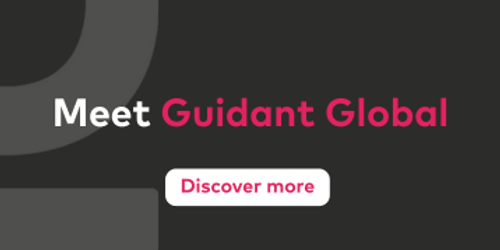
What is workforce planning? Understanding the basics
Do you have the right workforce to match your long-term business goals?
In order for businesses to be successful, workforces need to be agile and performing at their optimal level. This is not only a challenge to achieve with current staff, it’s even more difficult to predict which talent is needed long-term in order create a workforce that remains productive, especially with an ever-changing global outlook. This is where workforce planning comes into play. Workforce planning is an action plan to ensure that you have the right skillsets in the right roles at exactly the right time.
Get to know why it matters for you. Read on to find out more.
Want an in-depth take on workforce planning? Download our free guide.
Why should you care about workforce planning?
Being strategic is key to success in every aspect of business. In an increasingly agile, digital world, ensuring that you have the right staff is essential to driving change. Through strategic workforce planning, you can ensure you have the staff to ride the wave of change.
Understanding the gap between the skills you currently have in your workforce and the skills of the future can give you an advantage over slow-moving competition. Few businesses are implementing effective workforce planning strategies, so you can stay ahead of the curve by building on projected business scenarios such as internationalisation, product expansion, or making a business leaner.
As with most business strategies, there is no one-size-fits-all approach. Every company is different. And as a business changes over time, workforce planning must change too. For a workforce plan to be effective, it must be flexible to meet the needs of future change.
Why workforce planning is vital for business
An essential part of workforce planning is to understand how your business is going to change in times to come. How many people are planning on retiring, what new positions need to be filled, who are the disruptive businesses in your space -- all of these questions are an integral part of the process. Answers to these questions will help you understand the necessary changes you need to make in your workforce.
Having people in the right positions can ensure daily success. If you have a digital manager in place who doesn’t embrace change, you’re unlikely to see positive transformation. Likewise, if you have managers without leadership skills, you’re going to end up with an unhappy workforce.
By spotting these misalignments, you can make sure your people aren’t wasting time in positions that aren’t suited to their skills. On the other hand, you could incorporate additional training to upskill your current staff so that they’re aligned, skilled and prepared for the times ahead.
Without these aspects, you may end up with a high-pressure, unproductive workforce. And this matters not only internally, but externally too. With sites like Glassdoor becoming ever-more influential, creating internal harmony can be reflected externally. The best brands go one step further: posting about their culture on social media platforms so that potential future employees know that their company is a great place to work. And your business can do this too. Right culture, best talent.
The takeaway
Ultimately, workforce planning has a positive effect on your balance sheet. Through analytics, you can analyse the effectiveness and productivity of all aspects of your business. From this, you can identify the right areas to place investment. It can also help to inform your long-term goals. And you’ll know exactly which talent you need to hire to help you achieve them.
To help you get started on workforce planning, download our free in-depth workforce planning guide.
Australia
Suite 1403, Level 14
309 Kent Street
Sydney
NSW 2000
United Kingdom
United States
27777 Franklin Road
Suite 600
Southfield
Michigan 48034



